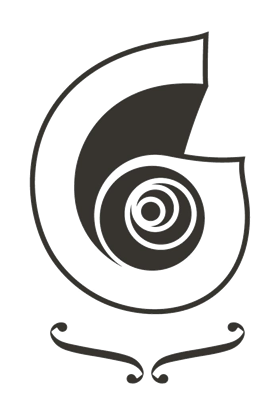Strategies for Effectively Marketing a Music Program to Students
Fostering Interest and Participation in Music Education
Engaging students and their families in a music program requires a thoughtful, strategic approach that leverages multiple communication channels to ensure maximum visibility and enthusiasm. By focusing on appealing visuals, impactful messaging, and community-building tactics, you can foster interest and participation in music education. Below are comprehensive methods for effectively marketing a music program to students.
Utilizing Posters for Visibility
One of the most traditional yet effective methods is the use of posters. When designed thoughtfully, posters can capture attention and make a lasting impression. Place these visually appealing materials in high-traffic areas within schools, such as hallways, cafeterias, and bulletin boards, where students are likely to encounter them daily.
To maximize their impact:
· Include clear, concise messages that outline the benefits of joining the music program, such as skill development, teamwork, and performance opportunities.
· Incorporate vibrant images of past events or students actively engaged in music activities to add a personal and relatable touch.
· Use bold, easy-to-read fonts and organized layouts to ensure information is accessible and visually appealing.
Posters can also include QR codes that lead directly to registration pages or event details, making it easy for students and parents to take action immediately.
Announcements: Making the Most of School Assemblies and Classrooms
Announcements delivered during school assemblies or within classrooms can be incredibly impactful, especially when tailored to resonate with students. These announcements should be concise, engaging, and informative, providing key details about the music program while sparking excitement.
Tips for effective announcements:
· Highlight registration deadlines, upcoming events, and unique aspects of your program.
· Incorporate testimonials or brief interviews with current participants to add authenticity and relatability.
· Use lively and enthusiastic delivery to capture attention and create a sense of anticipation.
Consider integrating multimedia elements such as videos of past performances or workshops during these announcements to provide a real-life glimpse of the program's offerings.
School Newsletters: Reaching Families
School newsletters, whether printed or digital, are a valuable tool for reaching both students and their parents. These publications provide an ideal platform for promoting the music program and emphasizing its benefits. Dedicating a section to the program can create awareness while fostering interest.
Key points to include in newsletters:
· Discuss the advantages of music education, such as enhanced cognitive skills, confidence-building, and creative expression.
· Share details about program features, such as rehearsal schedules, performance opportunities, and available instruments.
· Feature success stories or achievements of current students to inspire and motivate potential participants.
Newsletters can also include links to social media pages, registration portals, or event updates, ensuring accessibility for families.
Social Media: Connecting
In today's digital age, social media platforms are indispensable for promoting a music program. Platforms like Instagram, Facebook, and Twitter allow you to reach students effectively while creating a sense of community and excitement.
How to maximize social media outreach:
· Post regularly to showcase rehearsals, performances, and events, ensuring a steady stream of engaging content.
· Share behind-the-scenes glimpses, such as preparations for concerts or interviews with participants, to humanize the program.
· Create videos that highlight the program's benefits, such as the joy of teamwork or the thrill of performing on stage.
· Encourage sharing among students, which can expand your reach organically.
Using hashtags specific to your music program can also enhance visibility and make your posts easier to find.
Promoting Upcoming Events
Highlighting upcoming events is crucial for generating excitement and encouraging participation. Whether it’s a concert, workshop, or open house, effective promotion can help convert interest into action.
Strategies to promote events:
· Provide clear details, such as dates, locations, and how students can get involved.
· Explain the benefits of participating, such as gaining performance experience or connecting with peers.
· Advertise events through all available channels, including posters, announcements, newsletters, and social media.
Collaborate with local media outlets or community groups to further extend the reach of your promotions.
Emphasizing the Benefits of Music Education
Throughout all marketing efforts, it is important to emphasize the transformative benefits of music education. Beyond learning an instrument or singing, music programs help students develop creativity, discipline, teamwork, and self-confidence. By reinforcing these advantages, you can inspire students and their families to see the program not only as an extracurricular activity but as a valuable investment in personal growth.
Creating a Vibrant and Active Music Community
Ultimately, the goal of marketing a music program is to build a vibrant, engaged music community within the school. Encourage collaboration between students, celebrate achievements through public recognition, and foster a welcoming environment that allows students to flourish. When students feel a sense of belonging, they are more likely to participate enthusiastically and advocate for the program.
Conclusion
An effective marketing strategy for a music program requires a multifaceted approach that engages students, families, and the broader community. By combining traditional methods like posters and announcements with contemporary tools like social media and newsletters, you can effectively communicate the value of music education and inspire participation. With thoughtful planning and execution, your music program can become a cornerstone of creativity and community within the school environment.
